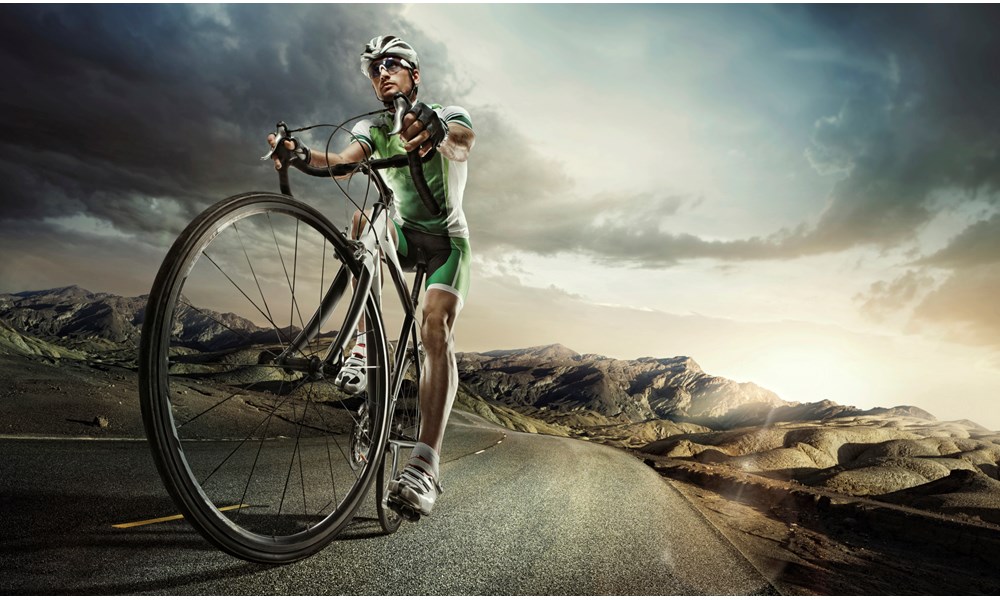
You've probably heard of the Tour de France. It has something to do with cycling and Lance Armstrong. But, the rest is a riddle wrapped in a mystery inside a toasty croque-monsieur. It's a team sport with individual winners. It's a race where they stop along the way and where the color of your shirt tells the whole story. What the le heck is going on? With this primer from Sears Imported Autos, you'll learn all about the annual Tour de France:
The Course
The Tour de France is a 2,200-mile bike race through France and a few neighboring countries. That's like riding from Los Angeles to Atlanta. It's far--really far. Just under 200 cyclists hit the road and ride themselves silly for 21 days across the countryside. The whole shebang ends with a ride along the famous Champs-Elysees to the finish line.
As unlikely as it sounds, it really is a team sport. Teams of nine riders work together by drafting (riding in a tight single file to cut down on wind resistance), acting like a rabbit (sacrificing themselves by breaking away and tiring out other riders), and sometimes even fetching and carrying for the team leaders. The supporting riders are called "domestiques" for a reason.
The Stages
The race is broken down into 21 stages (one a day). Each stage falls into one of four categories: prologue, flat, mountain or individual time trial. A rider's time on the course is recorded each day and points are awarded for their finishing position. Winning an individual stage, even if they don't win the overall, is a great accomplishment and highly sought after, not to mention you get cash money for winning them.
- Prologue: This is where it all starts. It's usually only about five or six miles.
- Flats: The bulk of the race takes place on flat roads. Generally, the riders stay together in what's called a peloton, a big pack of riders that moves like a giant flock of birds. It can be a dangerous place. With dozens of cyclists riding shoulder to shoulder, bad things (crashes) sometimes happen. Making the course that much more dangerous are overzealous spectators crowding the road, dozens of support vehicles and cameramen on motorcycles. There are occasional breakaways where a few cyclists break free from the peloton and pedal off into the distance. Usually, they're caught by the pack, but these are great for getting small bonuses and giving your team sponsor some quality air time.
- Mountain: These are the most grueling stages. This is what separates the pretenders from the contenders. Teams really have to work together here to protect their leader (help conserve his energy). These aren't foothills either. These are the Alps. The Alps!
- Individual Time Trial: These are shorter stages. It's each individual rider alone against the clock. The last-place rider starts first, then the next is set off 2 minutes later.
The Jerseys
Riders wear matching team jerseys. However, a few special jerseys are given at the end of each stage, and each has a unique meaning and financial prize.
- Green jersey - This is given to the fastest sprinter. The riders who get to wear the green jersey usually just try to make it through the mountain stages and live for the sprints.
- Polka dot - The polka dot jersey is what every climber wants. It's given to the King of the Mountain.
- White - This jersey is given to the highest-ranking rider under the age of 26.
- Yellow - This is what it's all about. Every rider dreams of wearing the yellow jersey, the overall race leader's jersey.
The Tour is an amazing example of endurance and dedication. And, the scenery's not bad to look at either. The next time the Tour starts, give it a chance--you might even be inspired to ride a little yourself.

